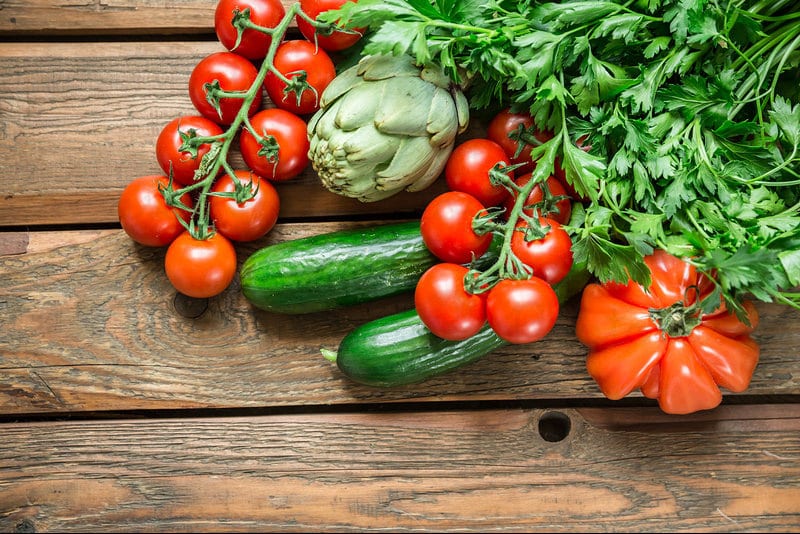Northern Edge Physical Therapy promotes the principles of mobility and strength to guide exercise prescription. Our clients realize real success when the exercise is geared towards restoring tissue nutrition and balance throughout the kinematic chain. Our goal behind exercise is to respect it’s far-reaching impact on the health of joint, muscles, ligaments and nerves. Exercise assists with the movement of vital nutrition throughout the body during pumping type exercise (i.e. endurance and aerobic). Taking this a step further, involves considering the type of nutrition necessary to optimize the benefits of exercise.
Proper nutrition can take many forms and there are many paths towards achieving a balance. We recognize the role it plays in every day health, sport performance, and fat loss. Even when one is recovering from an injury or surgical procedure, proper nutrition, adjusted for personal needs, must be considered (1). The natural aging process is associated with gradual progressive loss of muscle mass, muscle strength, and endurance (2). Good nutrition, especially adequate protein intake, helps limit the effects of age related declines in muscle mass, strength, and functional abilities (3). This is good news to any one recovering from a procedure as we want to get back to normal daily function as quickly as possible. Nutrition, in combination with exercise, is considered optimal for maintaining muscle function (4).
An increasing body of evidence shows us as we get older our appetite reduces and we often miss minimum nutrition requirements. Also, as we age our immune system can develop resistance to the positive effects of protein intake; this condition is called anabolic resistance (5). Taking this into account a recommended optimal intake for protein for a healthy adult 65 years and up is 1-1.2g of protein/kg of bodyweight/day (6). Roughly 5.5 g of protein per 10 pounds of body weight nearly doubles the average recommended dosage. And this is for a perfectly healthy adult! Some may need to go as high 8 grams of protein – nearly triple the recommended dosage. That equates out to a range of 100-120 grams of protein a day for a 140-pound person. That’s almost a gram per pound of bodyweight.
If you are younger than 65, don’t wait on improving your nutrition. After only 30 years of age we begin losing 1% of lean muscle mass per year unless we take the steps of proper exercise and nutrition to intervene. Generally, we want a protein complete in its amino acid profile. Any dairy or animal source is fine. If one is a vegan, we want to be sure to eat a variety of protein sources, as many vegan protein sources are incomplete as a stand-alone source, soy being a known exception (7). How many times a day one eats is not as important as the overall intake. Whey and Casein protein powders can be used to supplement eating habits and improve intake; Soy, Pea and Rice Proteins for vegans (8) (9).
To sum up:
- As we get older we need greater protein intake to compensate for anabolic resistance
- Optimal intake ranges from 5-8 grams of protein per 10 pounds of bodyweight
- A combination of resistance training and adequate dietary protein for healthy aging muscle is recommended
- You can use a simple protein powder to supplement your day if you don’t like to eat a lot. No need to get too fancy, whatever brand you can find at Costco is just fine
References:
- Sports Medicine, November 2015, Volume 45, Supplement 1, pp 93–104
- Ageing 2010 Jul;39(4):412-23
- Clinical Nutrition, Volume 33, Issue 6, Pages 929-1160 (December 2014)
- The Journal of Nutrition 2014 Jun; 144(6): 876–88
- Journal of Post-Acute and Long Term Care Medicine August 2013 Volume 14, Issue 8, p531-628
- Journal of the American Geriatrics Society 2010; 58(6):1063–71
- Journal of the International Society of Sports Nutrition 2007 Sep 26; 4:8
- Journal of the International Society of Sports Nutrition 2015 Jan 21; 12:3
- Journal of the International Society of Sports Nutrition 2013 Dec 6; 10(Suppl 1): 12


0 Comments